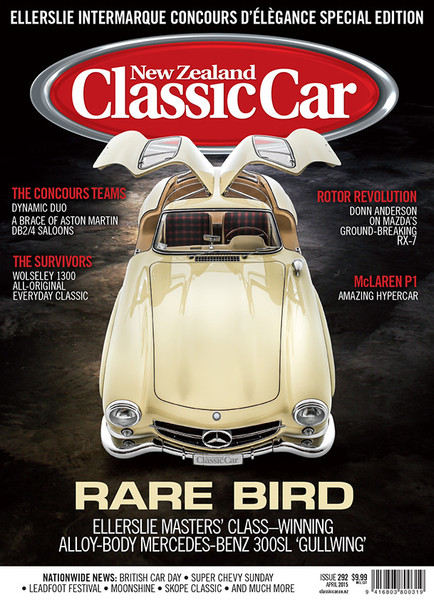
data-animation-override>
“When retired banker Brian Mudge decided to upgrade his trusty Morris Traveller to something a little more comfortable and with some extra power, a 1970 Wolseley was one of the first cars on his shopping list”
Brian retired from Westpac after managing its Suva operations in Fiji, then, after returning to the humdrum of Auckland, took early retirement in 1989–’90. A retirement lifestyle for Brian and his wife, Bunty, meant that they could travel and see the world — something they did for the next three years — but too much of a good thing resulted in boredom for Brian, so, on his return to New Zealand, he purchased a half-share of a real-estate company in Warkworth along with a good friend. Although Brian retained 50 per cent of the business, his friend managed it for the next 10 years before he also retired, while Brian pursued his passion for boating.
Brian had owned boats for most of his life, the last being a 40-foot John Gladden motorsailer, and proudly admits that he’d always carried out his own maintenance.

When Brian relocated from Algies Bay to Orewa, on Auckland’s North Shore, he thought it would be the right time to invest in a more suitable car — another classic to replace the Morris Traveller he’d owned for 10 years — that he could still commute to and from Omaha in to play golf.
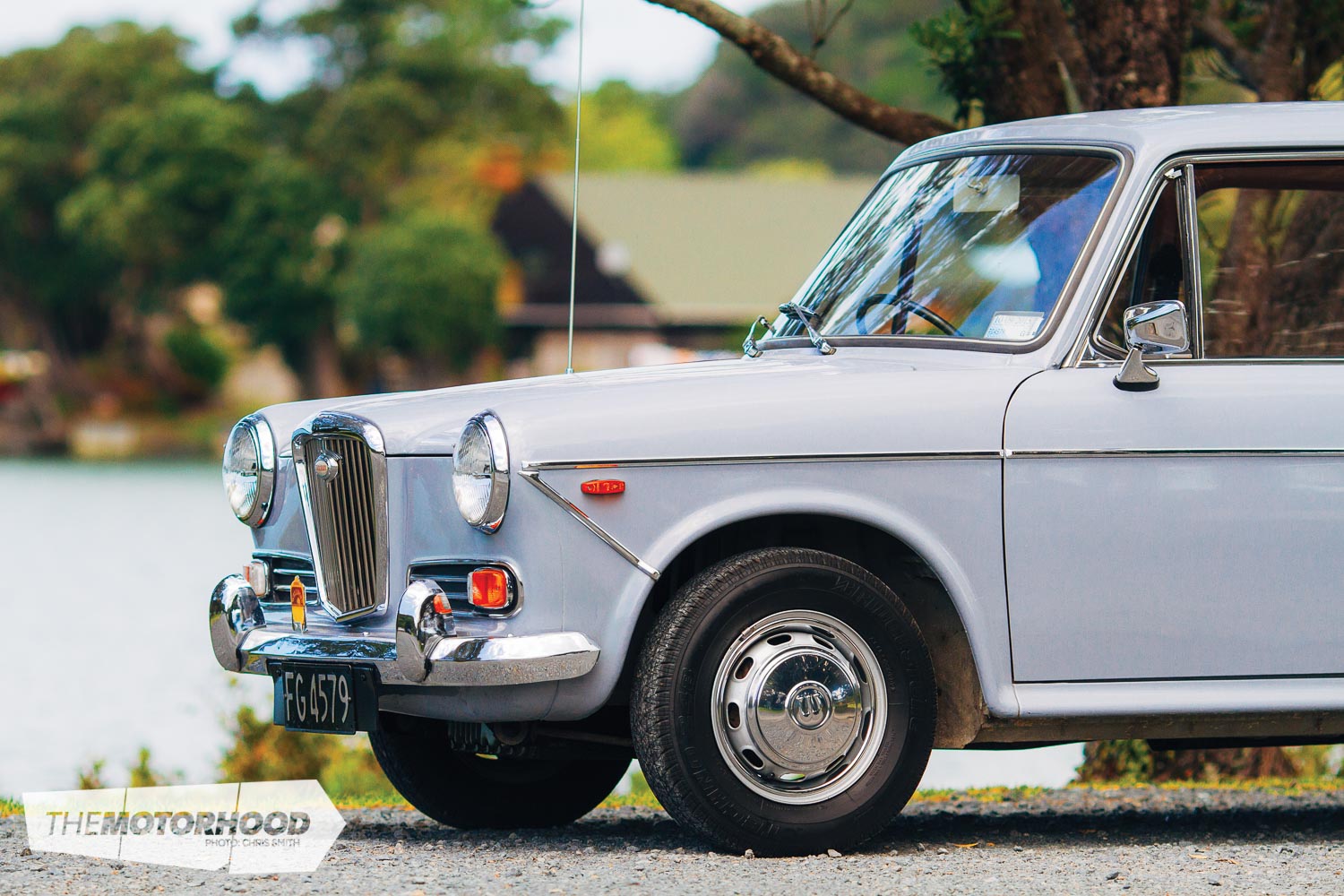
Morris to Wolseley
Brian had always enjoyed maintaining and working on the Traveller, so he definitely wasn’t averse to purchasing another classic car. He had loved the Traveller — not so much to travel in as much as to play with as a hobby, and a quick look in Brian’s garage certainly confirms he is well-equipped to tackle almost any project. The Traveller had been restored by a previous owner, so Brian basically just had to keep it maintained and running over the years — with work including the installation of a larger 1100cc engine and an upgrade of the brakes.
The Traveller was sold three years ago to its new Hawke’s Bay owner, who purchased it as a present for his wife.

Memories of a previously owned Austin 1300 and its nice soft ride led Brian down the path to selecting another similar vehicle. Once he’d decided on a Wolseley 1300cc, the long and exhaustive search for a replacement vehicle then began.
Brian had also considered an MG, primarily because he thoroughly enjoyed the upbeat MG club scene and had toured with the group several times on rallies in the Traveller. He and his wife also enjoyed the company of the club members. However, in September 2013, Brian stumbled across an advertisement on a local auction site for a 1970 Wolseley 1300 automatic from Waimak Classic Cars in Christchurch, and subsequently wasted no time in making the call to get a more comprehensive description of the car.
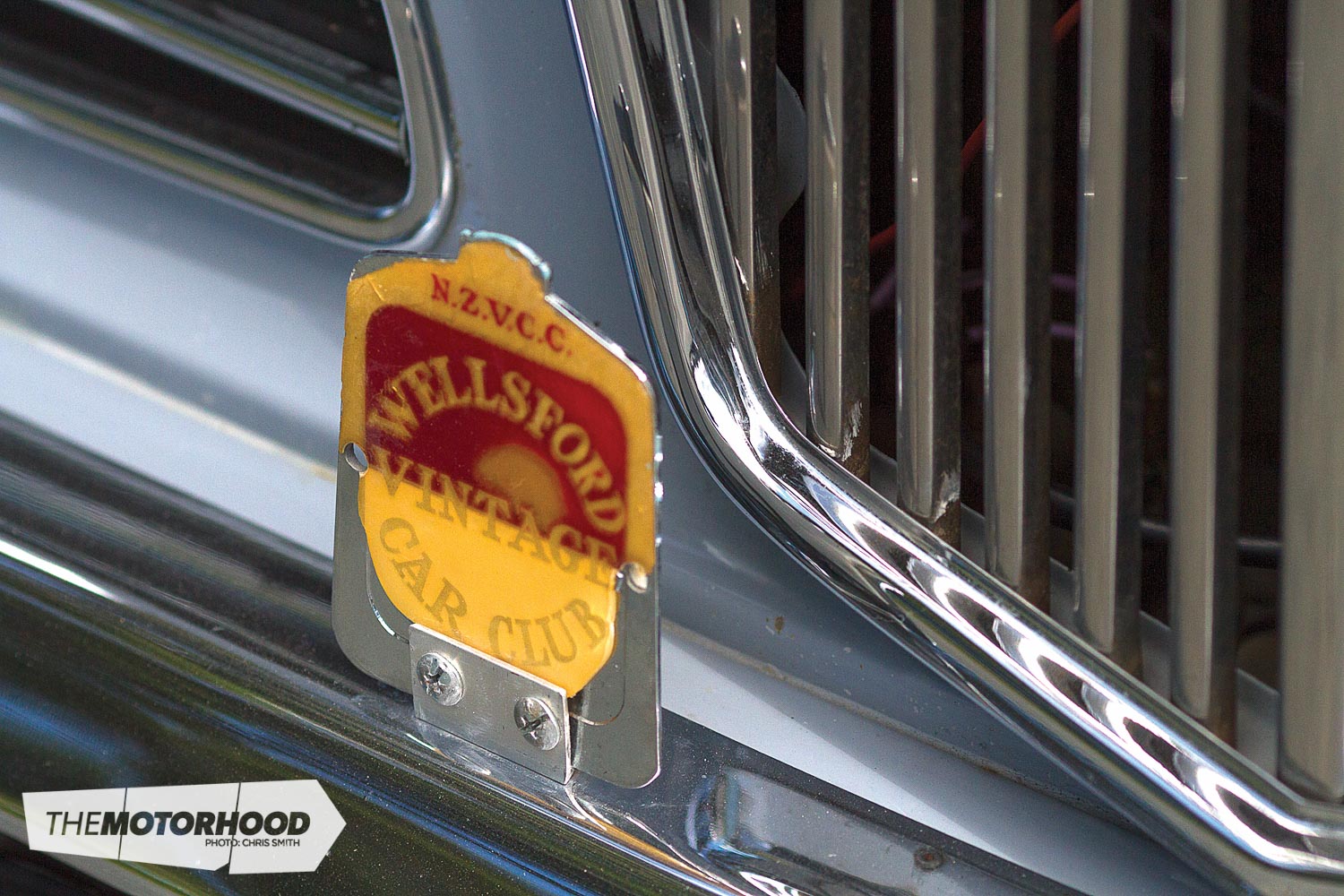
The news was good for Brian — the Wolseley was a New Zealand–new, UK-assembled example with a genuine 55,000 miles (88,513kms) on the clock and seemed to be completely original. This was enough for Brian to make the all-important decision that the car would be the perfect toy for a self-confessed 82-year-old ‘leisureologist’.
Once a final price was negotiated, including Brian tipping in just half of the cost of transporting it, the car was on its way to Auckland.
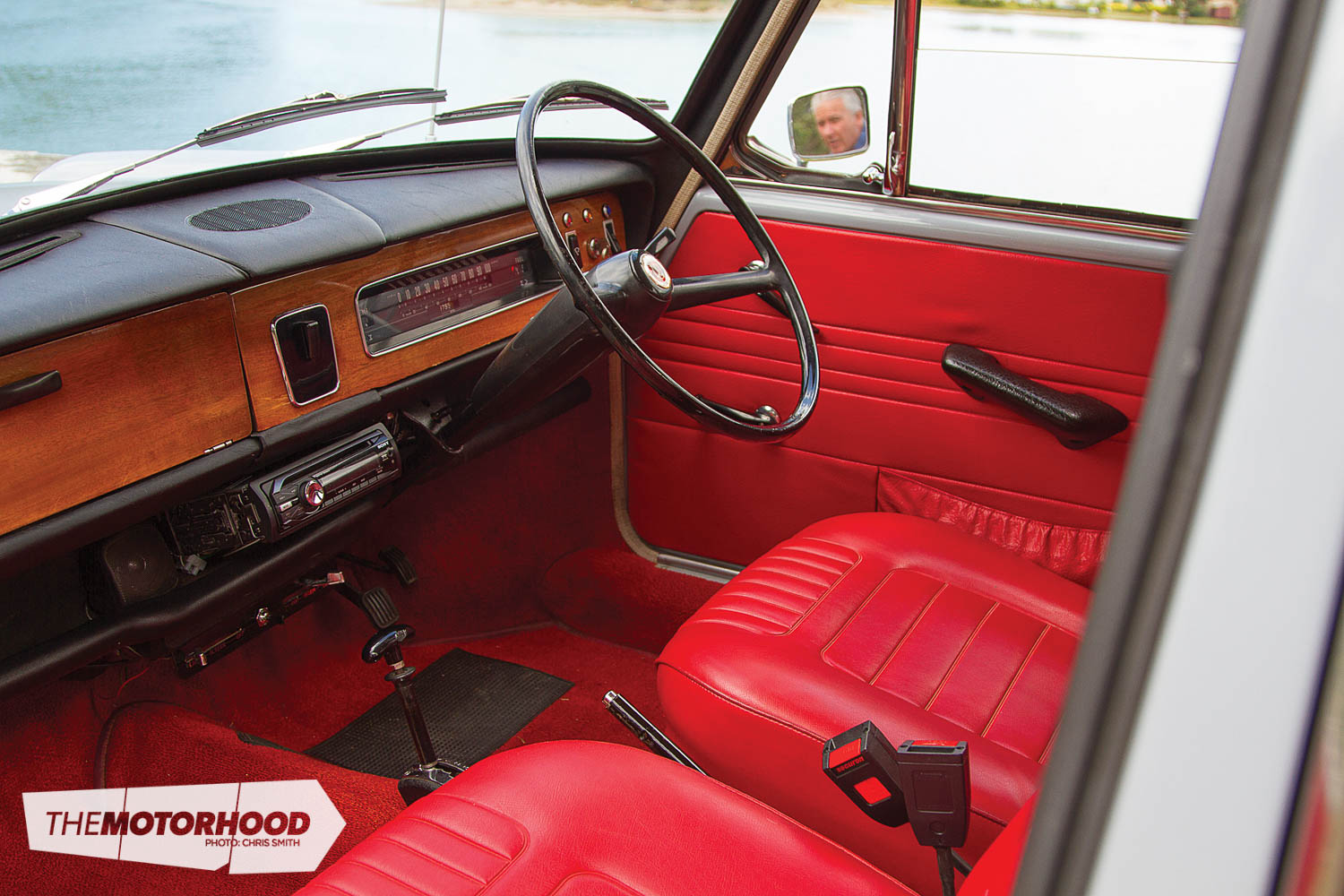
Upon its arrival, Brian was happy with the overall appearance of the Wolseley; it was exactly as described, and he had no grizzles. There were several minor maintenance issues that needed attending to, such as the radiator, CV joints, and engine mounts, and the Wolseley needed a good tune. Brian also changed the engine oil, had a minor steering issue repaired, and gave the original red interior a spruce-up.
According to Brian, “It’s just such a little gem, and I thoroughly enjoy driving it!”
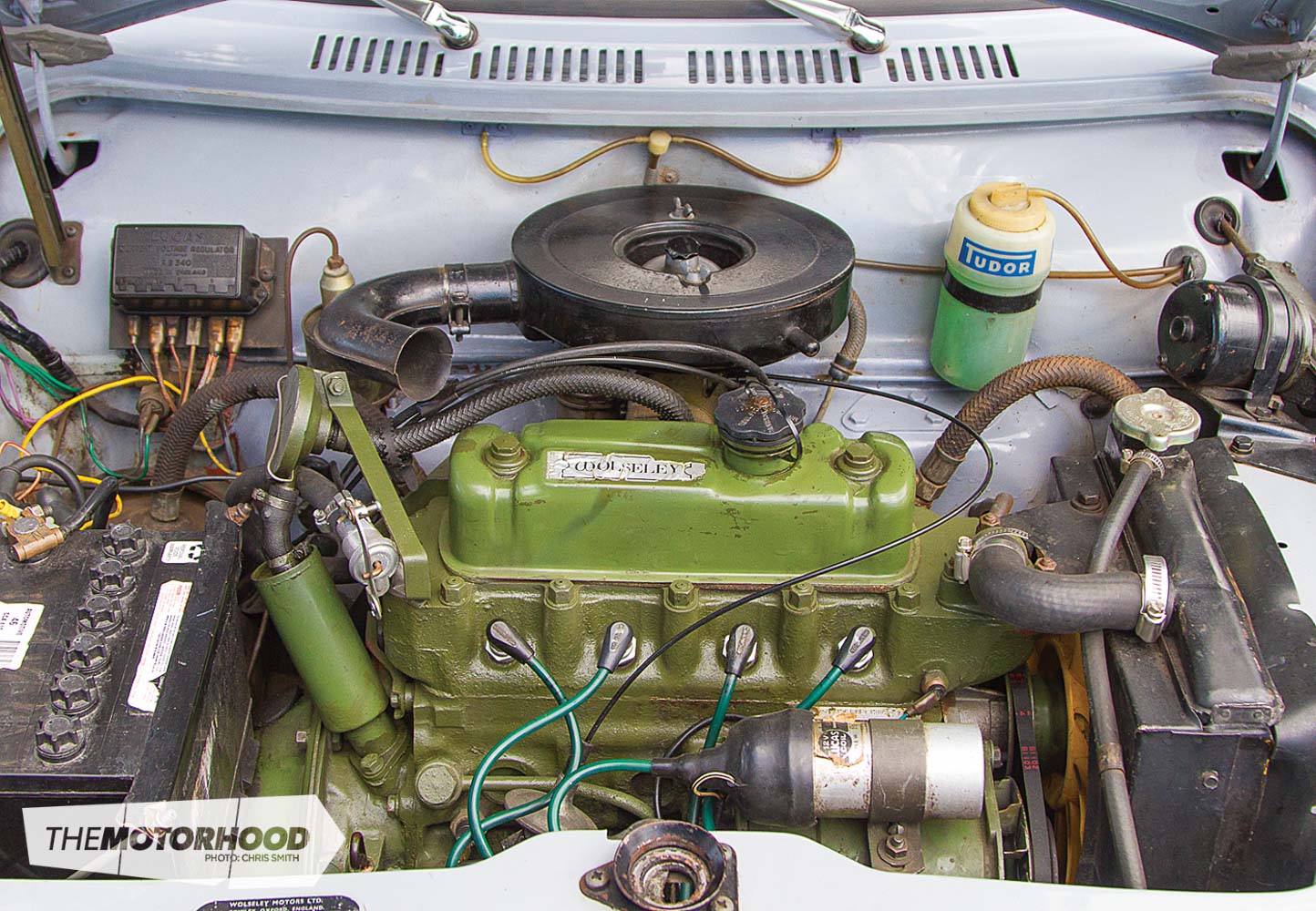
Super smooth
I was pleasantly surprised when Brian took me for a drive from Orewa, over the hill, to Waiwera for our photo shoot. The Wolseley’s interior is spacious, easily big enough for four people, and the 1300cc engine was more than comfortable travelling at open-road speeds and handling steep climbs, which it did with unexpected ease, despite being fitted with an automatic transmission. The ride was super smooth thanks to the hydrolastic suspension, which offers a ride quality equal to that of many modern vehicles on the road today.
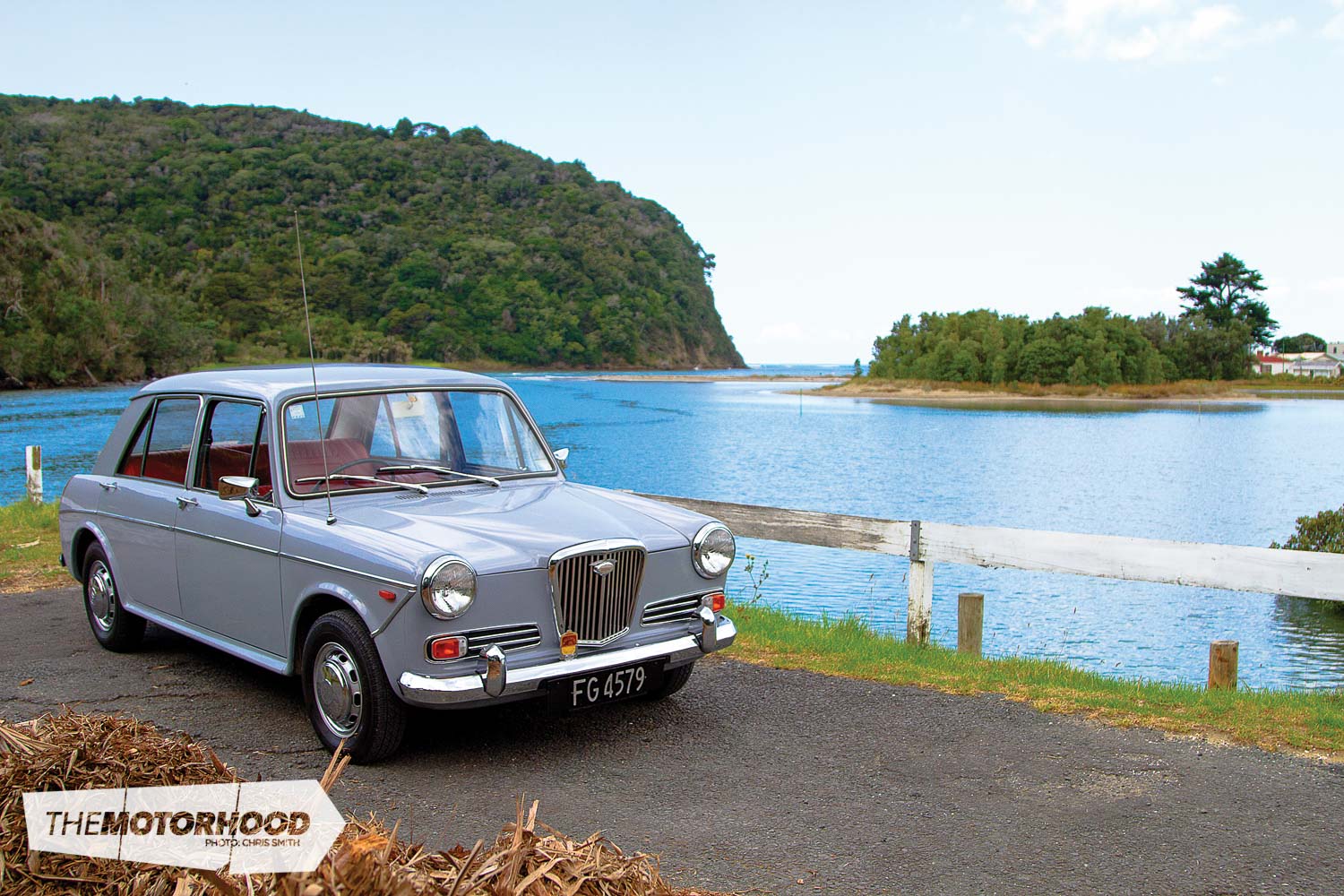
After residing in Algies Bay for 23 years, Brian and Bunty just recently shifted to Orewa to be nearer to local facilities and family. These days, they spend much of their time touring the country in their fully equipped motorhome. Brian never passes up an opportunity to drive the Wolseley and was delighted to have been part of the Ellerslie Intermarque Concours d’Elegance this year, competing in the Survivors Class competition, scoring a well-deserved 709 points and placing third overall behind Sheryl Boyd’s Holden EH Premier and the MG Roadster owned by Colin Upchurch.

Brian concedes that what classic car ownership has taught him over the years has changed their lives. He says, “On rallies, instead of going from A to B, you’d tour around the place and you start to learn more about country along the way.” This type of classic car touring was the catalyst for the couple to take up caravanning and, later, for their acquisition of a modern motorhome.
Brian and Bunty are reliving those car rallies as a way of life now — something for which they both offer thanks to the classic car club fraternity.

British Leyland
In the early ’70s, British Leyland was the UK’s top-selling vehicle manufacturer within the 1100–1300cc range. These ADO16 1100/1300s were what would be soon be termed ‘badge-engineered’, an early indication of methods employed by many large automakers today, such as General Motors. Ongoing variations and improvements were made throughout the production cycle to suit consumers’ needs — and models available ranged from basic Austin and Morris examples to the luxurious Vanden Plas Princess and the sporty MG-badged variants. In effect, there was an 1100/1330 to suit nearly everyone.
Ongoing success, popularity, and high demand meant that the cars would be built in many other countries, including Italy (the Morris Innocenti IM3), South Africa (the Austin Apache), Spain (the Authi Victoria), and Australia (the Morris 1100 Mk1, Morris 1500, and Nomad wagon versions).
Built at Cowley, under British Leyland, the original Wolseley ADO16-type model was the 1100, unveiled in 1965. An upmarket model, the Wolseley shared the same twin-carburettor engine as the MG and Riley versions — many also featured two-tone paint schemes. Alongside the upgrade of all models to the larger 1275cc engine, the Wolseley 1300 MkI was launched in 1967. The 1300 also boasted an all-synchromesh manual gearbox, although it missed out on the close-ratio box that would be fitted to the Riley and MG 1330s. Those choosing the newly available automatic transmission option lost the MkI’s second SU carburettor. It was unveiled to the public alongside the face-lifted 1100cc MkII models in 1967. The Wolseley 1100 went out of production in 1968, while, that same year, the 1300 received a slight performance boost. The MkIII ADO16 models arrived in 1971, with the Wolseley version being phased out in April 1973.
Total production
1965–’68: Wolseley 1100, 17,397
1967–’73: Wolseley 1300, 27,470

1970 Wolseley 1300 MkII
- Engine: BMC Austin A-Series transverse-mounted four-cylinder
- Capacity: 1275cc
- Bore/stroke: 70.6×81.28mm
- Valves: Overhead
- Comp. ratio: 9.6:1
- Max power: 42kW (56nhp) at 5300rpm
- Max torque: 94Nm (69lb·ft) at 3000rpm
- Fuel system: Single SU carburettor
- Transmission: Automatic
- Suspension F/R: Hydrolastic. (F) Double wishbone, (R) independent trailing arms with auxiliary springs and anti-roll bar
- Steering: Rack-and-pinion
- Brakes F/R: (F) Disc, (R) drum
Dimensions:
- Overall length: 3730mm
- Width: 1530mm
- Height: 1340mm
- Wheelbase: 2380mm
- Kerb weight: 820kg
Performance:
- Max speed: 142kph
- 0–100kph: 17.3 seconds
- Standing quarter-mile: 21.1 seconds / 66mph
This article originally appeared in New Zealand Classic Car Issue No. 292. Don’t miss out on having this issue in your collection. Grab a digital copy of the magazine below:
